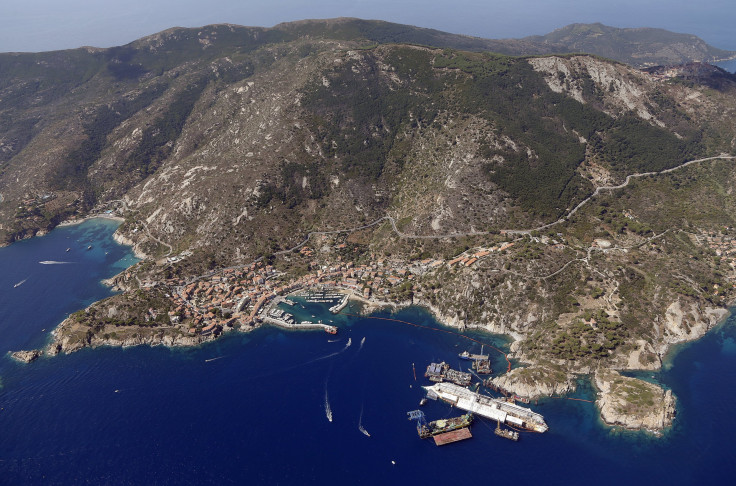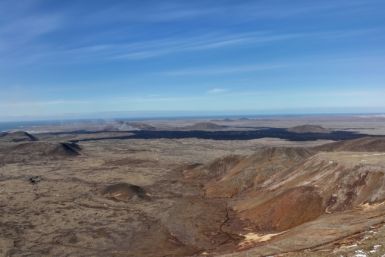Scientists Find Strange Metal Balls In The Seabed

Scientists have found strange metal balls in the seabed between Africa and South America when they were in a German research ship called R/V Sonne, a few miles east of Barbados. The metal balls were like a cluster of huge metal lumps.
According to Yahoo News, a remote camera on the research ship captured the image of the seabed littered with manganese nodules, few of which were the same size as that of bowling balls. A mesh net, instead of capturing marine life, brought the strange balls up.
Manganese nodules were found in all oceans and these were most common in the Pacific Ocean. Around a core which was usually a rock, fossil or a fragment of another module, layer after layer of metal ore was crystallised which led to the formation of the metal lumps that looked mostly like pancakes.
A volcanologist at the GEOMAR Helmholtz Cenre for Ocean Research in Germany and chief scientist of the expedition, Colin Devey, said that he was surprised because that was generally not the place where manganese nodules would be found. He added that it was the largest patch of the manganese nodules that had ever been found in the Atlantic.
About the manganese nodules, which were found in the waters of depth between 5,000 and 5,500 metres, Devey said that the modules were very circular, which was strange. He added that it usually looked like cow flops.
Scientists usually thought that the nodules grew slowly and in a million years, would pad itself by less than a centimetre. Devey said that the R/V Sonne scientists had found manganese nodules that could be as old as 10 million years, and this could be the largest nodules that were found by them. He explained that since the spheres were old, it could provide a record of climate change.
It was reported that the site of the finding contained perfect conditions that resulted in the formation of manganese crystals. But the exact conditions of the site was not known. One of the ideas that was put up about the conditions was that it involved the interaction of microbes. Another idea was that there could be an involvement of hot springs present underwater.
To report problems or to leave feedback about this article, e-mail: afza.kandrikar@gmail.com.






